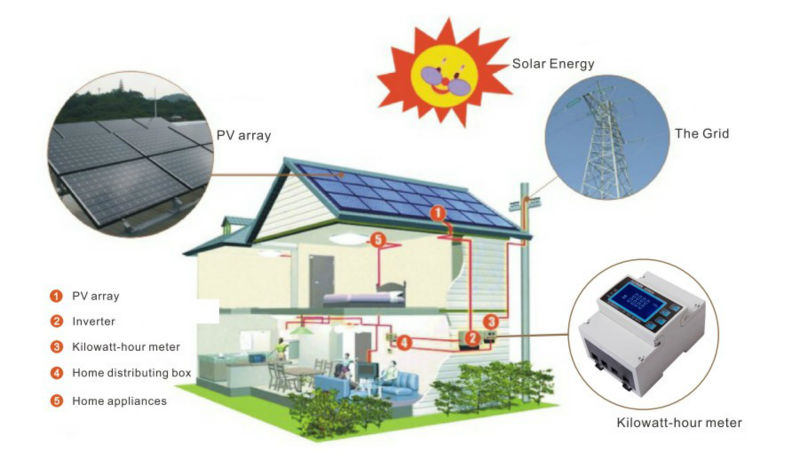Smart meters and high fuel prices

I believe that we Californians continue to have an opportunity to lead the US in withdrawing from our fossil fuel addiction and transitioning to national energy independence.
Here’s how.
Smart Meters- Many electricity customers are concerned about these wireless devices. Potential health risks from: electro-magnetic fields (EMF); Loss of meter reader jobs; Invasion of privacy; Information sharing. These concerns may or may not be relevant and/or true. What IS true is that smart meters were designed to give utilities and customers the essential real-time information they need to better cost-effectively manage energy delivery/use. Investor-owned utilities such as PG&E have worked closely with state legislators, lobbyists, the California Public Utilities Commission (CPUC) and California Energy Commission (CEC) over the years to develop tiered electric/gas rates which encourage conservation and efficiency by rapidly and substantially raising the price of energy when the customer goes over their monthly baseline allotment. This baseline allotment is billed at the lowest retail price and is related to the number and type of natural gas (propane) appliances. All-electric buildings are allocated the greatest number of baseline kilowatt hours (kW-hrs). One solution is to equalize the building’s energy consumption with ample solar photovoltaic (PV) production combined with time-of-use net metering (spinning your meter backwards during peak periods). Utilities have been given the “green” light to implement various residential, commercial, industrial and agricultural demand response programs which allow customers to voluntarily curtail load upon request in exchange for lower rates. Another major program being implemented is called Peak Demand Pricing. This program corresponds to summer days where the ambient air exceeds a certain temperature which then triggers a four-hour period in the later afternoon (9-15 times per year) where the electric rates will increase ten-fold to encourage conservation. The really good news is that when you produce your solar energy during these peak periods, the utility company is required to credit you at that applicable electric rate (kinda Smart Meters).
High Fuel Prices- We’ve been postponing the inevitable since before the oil embargoes of the 1970’s. Now with gasoline bouncing around $4/gallon, it offers we Americans the chance to reassess our transportation priorities. Consider your solar power investment as it relates to electric vehicles. If we use the Nissan Leaf as our case study, one can surmise that 2,400kW-hrs of PV capacity would charge a Leaf 100 times (~24 kW-hrs/charge). Each charge gets you 100 miles so in one year you avoid 10,000 miles of gasoline (diesel) driving. If your car (truck) got 20 mpg then you did not use 500 gallons at $4/gallon and you have saved $2,000/year. The payback for a solar charging station with this kW-hr. capacity is less than four years after subtracting the 30% federal tax credit. Every time fuel prices head north, so does your solar investment. It may be that for the first time in history, the (electric) automobile actually has a significant return on investment!
Perhaps Smart Meters and high fuel prices aren’t so bad after all when we can transform our energy liabilities into personal profits.